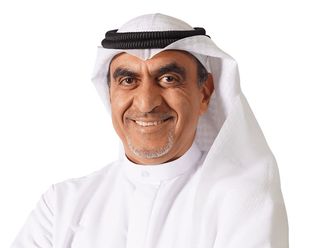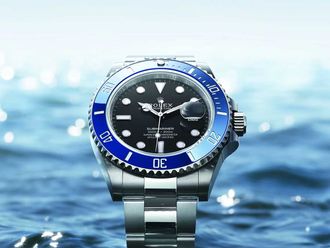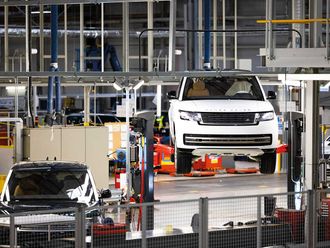
Dubai: The Dubai International Financial Centre (DIFC) value proposition — including its location, high-quality infrastructure, application of and compliance with best international standards and practices, internationally recognised legal and regulatory framework, a strong regulator, availability of highly skilled and experienced human capital, critical mass in terms of the number and quality of institutions and ancillary services — continues to attract banks and financial institutions.
The fundamental point is that the centre of the world's economy has shifted East and a new financial markets architecture is emerging to the benefit of the DIFC, centrally located between Europe and emerging Asia and Africa.
DIFC's international standards have helped attract foreign direct investment (FDI) and the linkages/connectivity with the rest of the Middle East, India, China, the rest of Asia, and Africa have meant that international and regional companies (banks and financial institutions) are setting up offices at the DIFC to tap into these potential markets, helping DIFC to become the regional business and financial hub for international companies.
The integration of international best practices alongside state-of-the-art hard and soft infrastructure helps the DIFC to be fully internationally integrated.
It means that the DIFC has emerged as a regional financial hub benefiting businesses and governments in the region. The areas of business at the DIFC include a variety of banking and financial and ancillary services provided in and through the DIFC (for example, DIFC has a family office initiative that helps family offices to overcome challenges and promote the centre as an ideal location and domicile for family offices — this cluster was not previously available in UAE or GCC).
With investment banking and capital market services being in demand, DIFC offers the perfect location of a regional financial hub, catering to the Middle East North Africa and South Asia.
The rise in total value added (the equivalent of GDP for this sub-economy) generated in the DIFC is evidence of its growth. Just over five years in existence, the DIFC's total value added reached $2.92 billion (Dh10.71 billion) in 2010 — translating into a 5.2 per cent growth rate, consistent with growth across other regional financial centres and contributing some 3.6 per cent to Dubai's GDP.
Dr Nasser Saidi is the Chief Economist of DIFC












